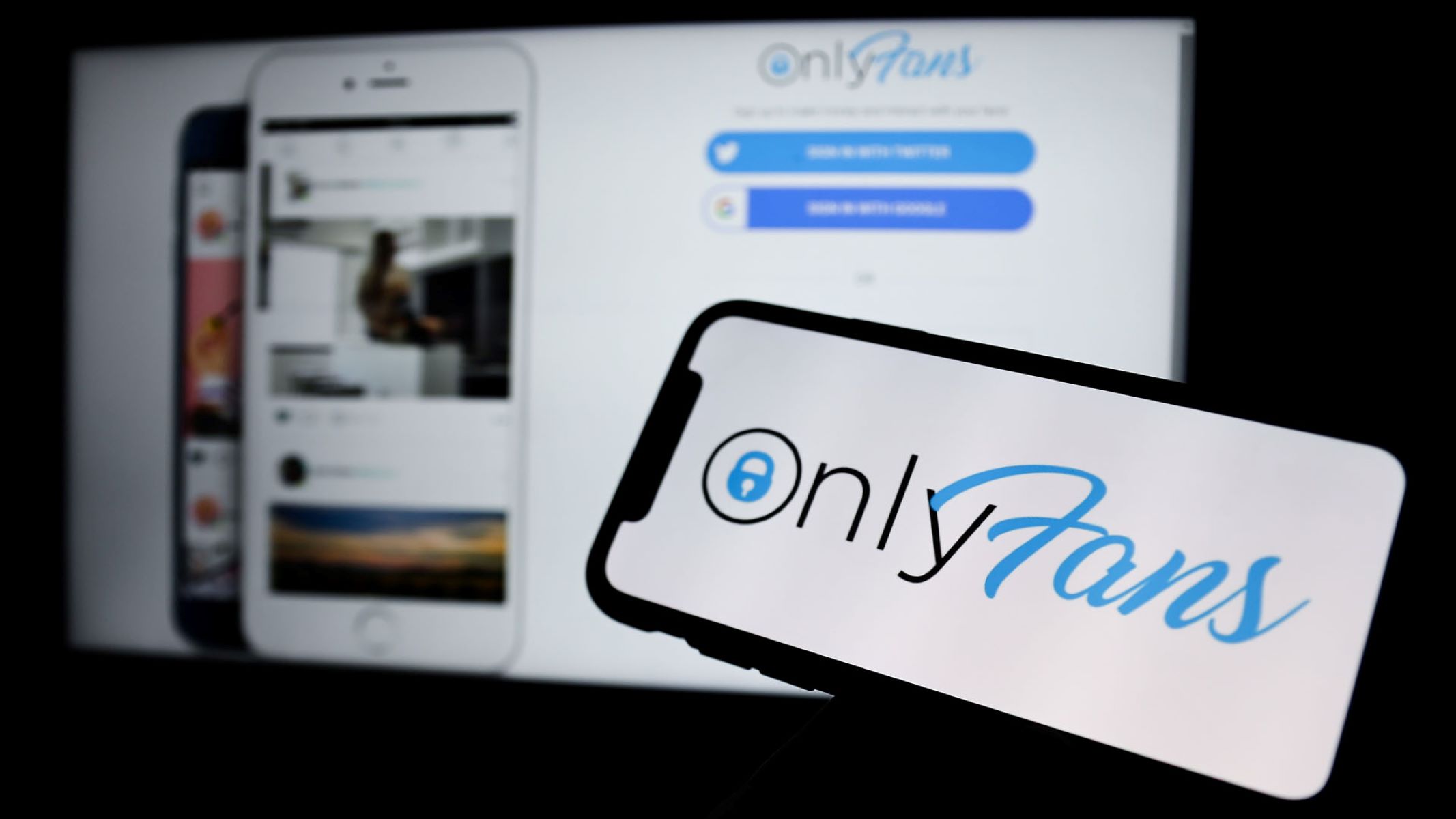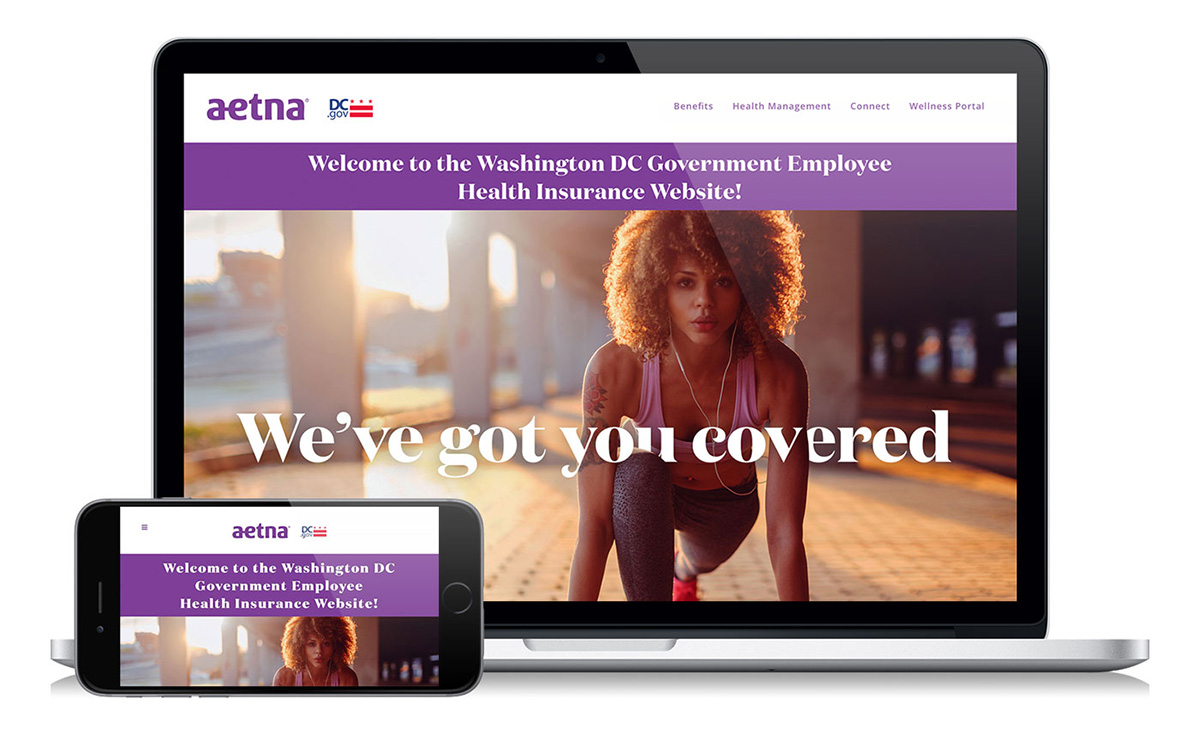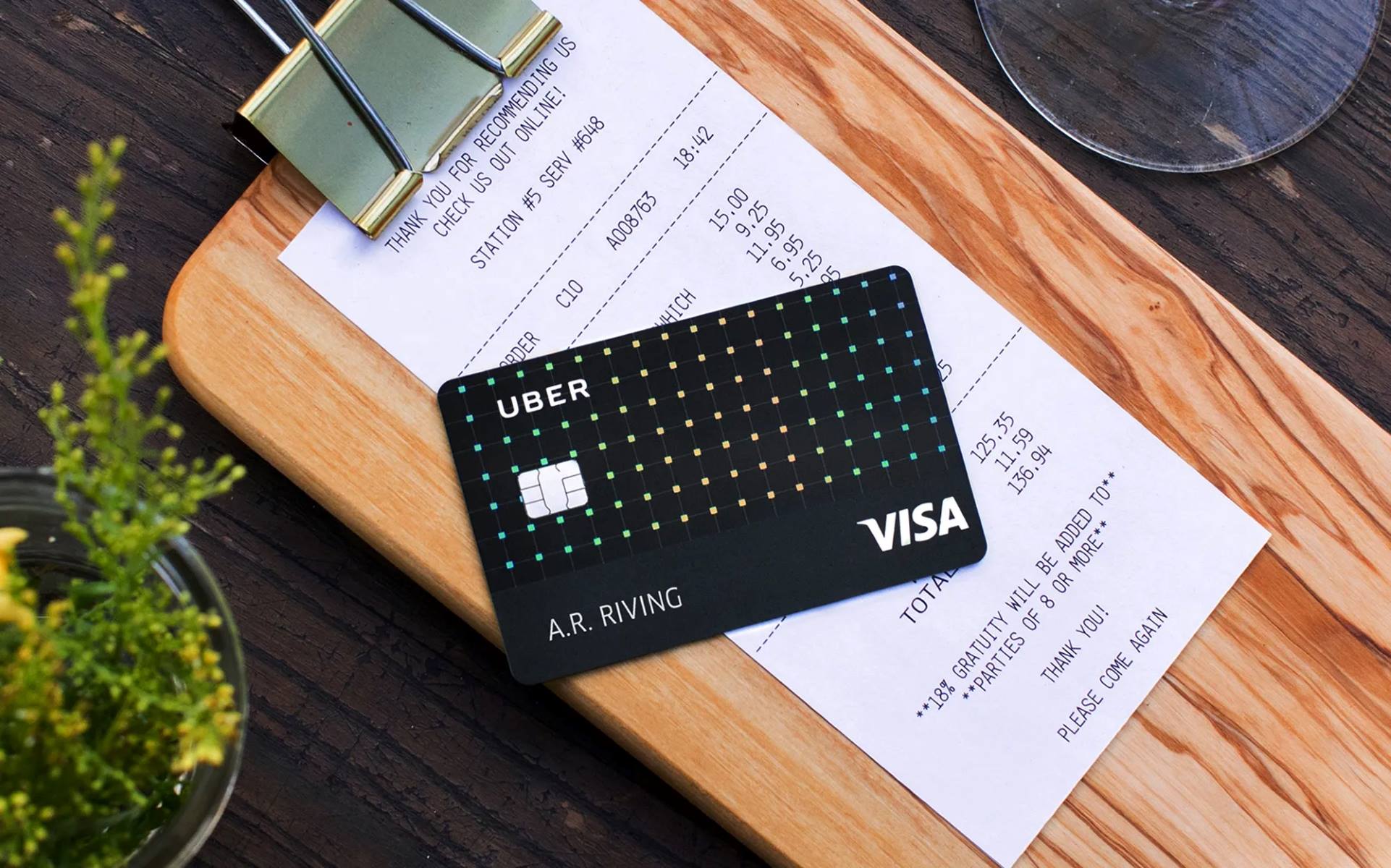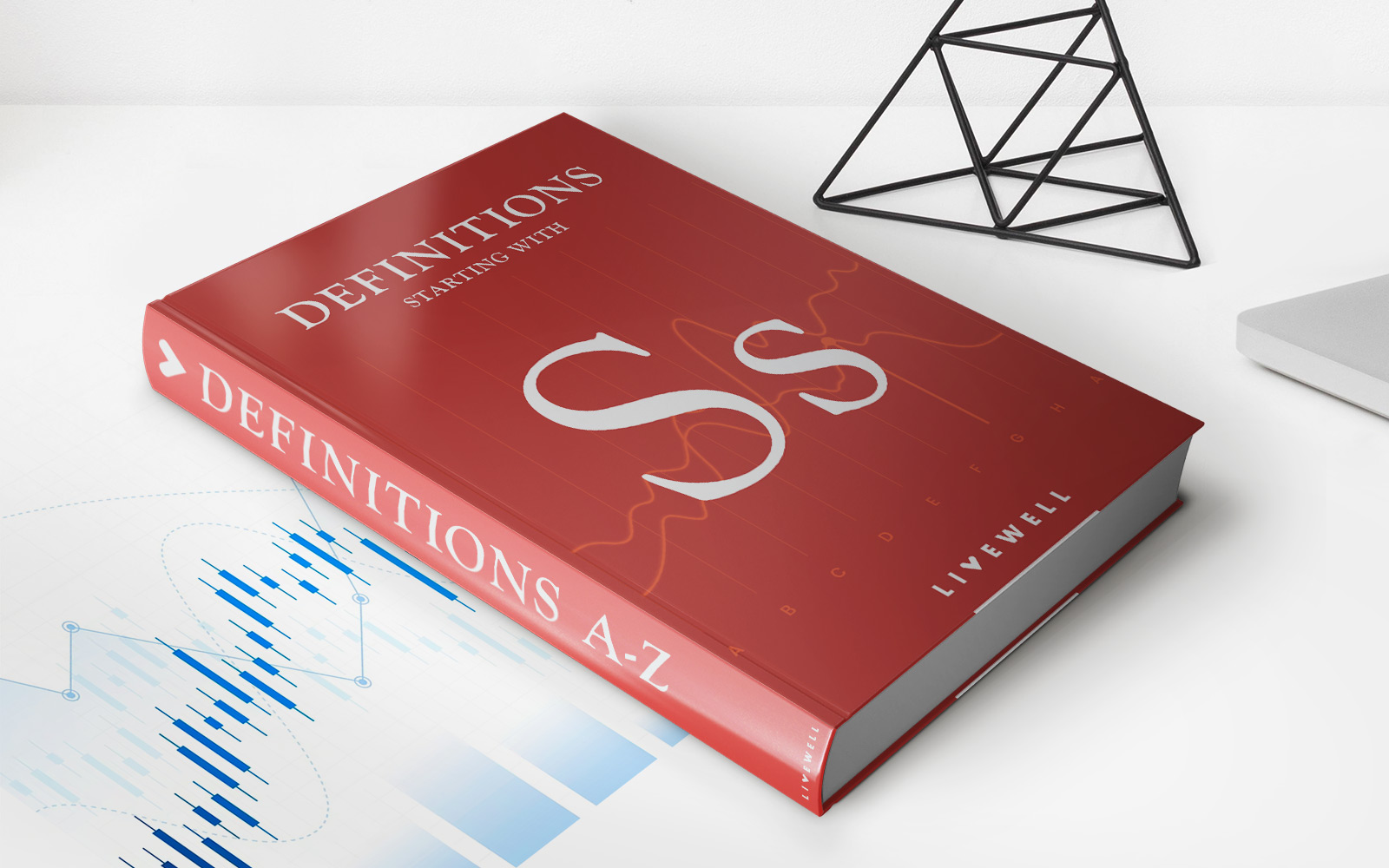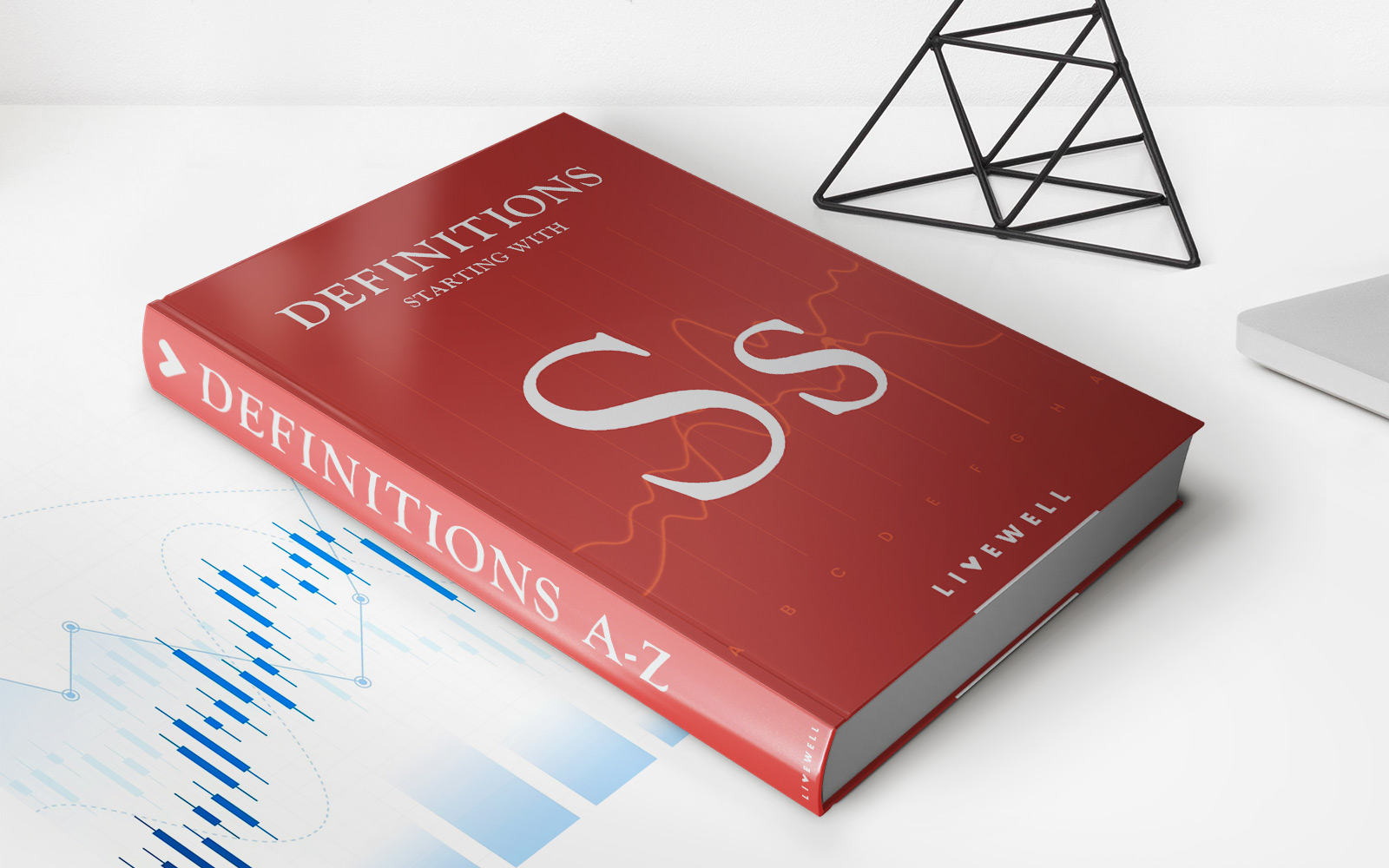

Finance
How To Sign Up For Student Loan Forgiveness
Modified: December 29, 2023
Learn how to sign up for student loan forgiveness and manage your finances effectively. Discover the key steps to secure financial assistance and reduce the burden of student loans.
(Many of the links in this article redirect to a specific reviewed product. Your purchase of these products through affiliate links helps to generate commission for LiveWell, at no extra cost. Learn more)
Table of Contents
- Introduction
- Eligibility Requirements
- Step 1: Determine Your Loan Type
- Step 2: Research Loan Forgiveness Programs
- Step 3: Gather Required Documents
- Step 4: Complete the Application Form
- Step 5: Submit Your Application
- Step 6: Track Your Application Status
- Step 7: Maintain Eligibility for Loan Forgiveness
- Conclusion
Introduction
Student loan forgiveness is a program that provides financial relief to borrowers struggling with the burden of their student loans. It offers a way out for borrowers who meet certain eligibility criteria, allowing them to have a portion or even all of their student loan debt forgiven.
For many individuals, student loan debt can be a significant financial hurdle that hinders their ability to achieve other important life goals, such as buying a home, starting a family, or saving for retirement. The good news is that there are various student loan forgiveness programs available to help alleviate this burden.
However, navigating the process of signing up for student loan forgiveness can be complex and overwhelming. Understanding the eligibility requirements, gathering the necessary documents, and completing the application form can be daunting tasks for borrowers. That’s why we have put together this comprehensive guide to help you navigate the sign-up process with ease.
In this article, we will walk you through the steps to sign up for student loan forgiveness, detailing the requirements and documents needed along the way. By following this guide, you can take the necessary steps towards achieving financial relief.
It’s important to note that the process of signing up for student loan forgiveness can vary depending on the specific program you are eligible for and the type of student loans you have. Therefore, it’s essential to research and understand the options available to you.
Now, let’s dive into the details and learn how to sign up for student loan forgiveness.
Eligibility Requirements
Before you can sign up for student loan forgiveness, it’s essential to understand the eligibility requirements. Each forgiveness program has its own set of criteria, so it’s crucial to familiarize yourself with the specific requirements for the program you’re interested in. Here are some common eligibility factors to consider:
- Employment: Many loan forgiveness programs require borrowers to work in specific fields, such as public service, education, or healthcare. You may need to be employed full-time or part-time in a qualifying position for a certain number of years to be eligible.
- Loan Type: The type of student loans you have can also impact your eligibility. Some forgiveness programs are only available for federal student loans, while others may include private loans.
- Payment History: Demonstrating a history of on-time payments is often a requirement for loan forgiveness. Being delinquent or defaulting on your loans may disqualify you from certain programs.
- Loan Repayment Plan: Some forgiveness programs require borrowers to be on specific repayment plans, such as income-driven repayment, for a certain period of time before becoming eligible.
- Loan Forgiveness Period: Most forgiveness programs have a predetermined period of time that you must meet the eligibility criteria before your loans can be forgiven. This can range from 5 to 20 years, depending on the program.
It’s essential to thoroughly review the eligibility requirements for each program you’re considering to ensure that you meet all the necessary criteria. If you don’t meet the requirements for one program, there may be alternative options available to explore.
Remember, eligibility requirements can change over time, so it’s important to stay up-to-date with any updates or policy changes for the forgiveness programs you’re interested in.
Now that you have a better understanding of the eligibility requirements, let’s move on to the step-by-step process of signing up for student loan forgiveness.
Step 1: Determine Your Loan Type
Before you can begin the process of signing up for student loan forgiveness, it’s essential to determine the type of loans you have. This is important because eligibility for certain forgiveness programs may be specific to federal or private loans.
Here are the main types of student loans:
- Federal student loans: These loans are provided by the U.S. Department of Education and include Direct Subsidized Loans, Direct Unsubsidized Loans, and Direct PLUS Loans.
- Private student loans: These loans are obtained from private lenders such as banks, credit unions, or online lenders. They are not issued or backed by the federal government.
To determine your loan type, you can follow these steps:
- Check the National Student Loan Data System (NSLDS): The NSLDS is a database that provides information on federal student loans. Visit the NSLDS website and log in using your Federal Student Aid (FSA) ID. This will give you a comprehensive overview of your federal loans.
- Contact your loan servicer: If you’re unsure whether you have federal or private loans, or if you have multiple loan servicers, reach out to them directly. They will be able to provide you with information about your loan type and repayment options.
- Review your loan documents: If you have any paperwork related to your student loans, such as loan agreements or promissory notes, review them to determine the type of loans you have.
By identifying your loan type, you’ll be able to narrow down the forgiveness programs you may be eligible for. Keep in mind that some forgiveness programs only apply to federal loans, while others may consider private loans as well.
Once you have determined your loan type, you can move on to the next step, which is researching the different student loan forgiveness programs available.
Step 2: Research Loan Forgiveness Programs
After determining your loan type, it’s time to research the various loan forgiveness programs available. Different programs cater to specific professions, sectors, or loan types, so it’s important to explore all your options to find the program that best suits your circumstances.
Here are some common loan forgiveness programs to consider:
- Public Service Loan Forgiveness (PSLF): This program is designed for individuals working in the public sector, including government organizations and non-profit entities. To qualify, borrowers must make 120 qualifying payments while working full-time in a qualifying public service job.
- Teacher Loan Forgiveness: This program is targeted towards teachers working in low-income schools or educational service agencies. Eligible teachers can have a portion of their Federal Direct Loans forgiven after completing five consecutive years of teaching.
- Income-Driven Repayment (IDR) Forgiveness: This forgiveness option is available to borrowers on income-driven repayment plans, such as Income-Based Repayment (IBR), Pay As You Earn (PAYE), or Revised Pay As You Earn (REPAYE). After making a certain number of qualifying payments, typically 20 or 25 years, borrowers may be eligible for forgiveness of the remaining loan balance.
- Total and Permanent Disability (TPD) Discharge: This program provides loan forgiveness for borrowers who have a total and permanent disability that prevents them from working and repaying their loans. To qualify, borrowers must provide appropriate documentation from a qualified physician or the Social Security Administration.
These are just a few examples of loan forgiveness programs available. Take the time to thoroughly research each program, including their eligibility requirements, application process, and any limitations or restrictions that may apply. It’s also recommended to review the official websites of these programs for the most up-to-date information.
Make a list of the programs that match your loan type and profession. Prioritize the programs that align most closely with your situation and explore them in more detail. Knowing the specifics of each program will help you determine which one(s) to focus on during the application process.
Once you have researched the available loan forgiveness programs, you can proceed to the next step – gathering the required documents.
Step 3: Gather Required Documents
Before you can start the application process for loan forgiveness, you’ll need to gather the necessary documents to support your eligibility. The specific documents required may vary depending on the forgiveness program you’re applying for, so it’s important to carefully review the requirements for each program.
Here are some common documents that you may need to gather:
- Proof of Employment: Most loan forgiveness programs require documentation that proves your employment in a qualifying field. This may include pay stubs, employer verification letters, or W-2 forms.
- Income Verification: Some programs, especially those based on income-driven repayment, may require documentation of your income. This can be in the form of tax returns, pay stubs, or other income verification documents.
- Loan Statements: Providing copies of your loan statements helps validate your loan type and outstanding balance. You can obtain these statements from your loan servicer or through your online portal.
- Proof of Qualifying Payments: For forgiveness programs that require a specific number of qualifying payments, you’ll need to provide evidence of these payments. This can be in the form of payment history records, loan statements, or an official letter from your loan servicer.
- Certification Forms: Certain programs, such as the Public Service Loan Forgiveness (PSLF) program, require certification forms to be completed by your employer. These forms verify your employment and ensure that you meet the program’s criteria.
It’s essential to gather all the necessary documents well in advance to avoid any delays or complications during the application process. Make a checklist of the required documents for each program you’re applying to and keep them organized in a dedicated folder or digital file.
If you’re missing any documents or need additional information, reach out to your loan servicer or the forgiveness program’s administrator for guidance. They can provide specific instructions on what documents are needed and assist you in gathering the required information.
Once you have gathered all the necessary documents, you’re one step closer to submitting your application for loan forgiveness. In the next step, we will discuss how to complete the application form.
Step 4: Complete the Application Form
Now that you have gathered all the required documents, it’s time to complete the application form for your chosen loan forgiveness program. The application form may be available online or in a printable format, depending on the program you’re applying to.
Here are some key tips to keep in mind when completing the application form:
- Read the Instructions Carefully: Begin by carefully reading through the instructions provided with the application form. Pay close attention to the required fields, supporting documentation, and any additional information or explanations needed.
- Provide Accurate Information: Fill out the application form with accurate and up-to-date information. Double-check all the details, such as your name, contact information, and loan account numbers, to ensure accuracy.
- Attach Required Documents: As you complete the application form, make sure to attach all the required supporting documents. Organize them in the order specified in the instructions to avoid any confusion or delays.
- Be Thorough and Clear: Take your time to fill out the form thoroughly and provide clear and concise answers. If you have any doubts or questions, reach out to the program administrator or your loan servicer for clarification.
- Save a Copy: Before submitting the application, make sure to save a copy of the completed form for your records. This can be a physical or digital copy that you can refer back to if needed.
If you’re unsure about any section of the application form, it’s always best to seek guidance. Contact your loan servicer, a financial aid counselor, or the forgiveness program administrator for assistance. They can help clarify any uncertainties and ensure that you complete the form accurately.
Remember, different loan forgiveness programs may have different application processes and requirements. Some programs may have an online portal for submitting applications, while others may require you to mail the form and supporting documents. Follow the instructions provided by the program to ensure that your application is submitted correctly and on time.
Once you have completed the application form, it’s time to move on to the next step – submitting your application for loan forgiveness.
Step 5: Submit Your Application
After completing the application form and gathering all the required documents, it’s time to submit your application for loan forgiveness. The submission process may vary depending on the forgiveness program you’re applying to, so it’s important to carefully follow the instructions provided.
Here are some general steps to help you submit your application:
- Review Your Application: Before submitting your application, review it thoroughly to ensure that all sections are completed accurately and all required documents are attached. Double-check for any errors or missing information.
- Make Copies: It’s always a good idea to make copies of your completed application form and supporting documents for your records. This will serve as a backup in case any issues arise or if you need to refer back to your application in the future.
- Submit Online (if applicable): If the forgiveness program offers an online submission option, follow the instructions provided on the program’s website. Upload the required documents and submit your application electronically. Make sure to retain any confirmation or receipt provided as proof of submission.
- Mail Your Application: If you need to submit a physical copy of the application form and supporting documents, carefully package them together and send the application to the designated address as instructed. Consider using certified mail or obtaining a tracking number for added security.
- Keep Documentation: Keep a record of the date you submitted your application and any proof of submission. This can include a copy of the confirmation email or a receipt from the shipping company if you mailed your application.
After submitting your application, it’s important to be patient. The processing time for loan forgiveness applications can vary, and it may take several weeks or months to receive a response. In the meantime, it’s advisable to track the status of your application to ensure that it’s being processed.
Each forgiveness program will have its own process for tracking application status. Check the program’s website or contact the program administrator or your loan servicer for guidance on how to monitor the progress of your application.
Once your application is reviewed and a decision is made, you will be notified of the outcome. If your application is approved for loan forgiveness, you may receive confirmation of the forgiven amount and any additional steps you need to take. If your application is denied, you will receive an explanation of the reasons for the denial and any options you may have to appeal the decision.
As you wait for a response, it’s important to continue making your loan payments as required until your forgiveness is officially granted. Missing payments or defaulting on your loans during the application process can have negative consequences on your eligibility for forgiveness.
Now that you have submitted your application for loan forgiveness, the final step is to maintain your eligibility for loan forgiveness, which we will explore in the next section.
Step 6: Track Your Application Status
After submitting your application for loan forgiveness, it’s important to stay informed about the status of your application and track its progress. This will help ensure that your application is being processed and give you peace of mind during the waiting period.
Here are some steps you can take to track your application status:
- Check the Program’s Online Portal: If the forgiveness program offers an online portal or account access, log in regularly to check for updates on your application. Look for any notifications, messages, or progress indicators that indicate the status of your application.
- Contact the Program Administrator: If there is no online portal available, reach out to the forgiveness program administrator directly. They should be able to provide you with information about the status of your application and any estimated timeline for review.
- Reach out to Your Loan Servicer: Your loan servicer, who manages your student loans, may also be able to provide updates on your application status. They may have access to the information or be able to guide you on the next steps to take.
- Review Your Email and Mail: Keep an eye on your email inbox and physical mail for any correspondence related to your application. The forgiveness program or loan servicer may send important updates or requests for additional information.
- Be Patient: Processing times for loan forgiveness applications can vary, and it may take several weeks or even months to receive a decision. While waiting for a response, try to remain patient and avoid unnecessary stress.
During the waiting period, it’s crucial to continue making your loan payments as required unless you have been notified of a temporary suspension due to the pending forgiveness application. Missing payments or defaulting on your loans during this time can have adverse effects on your eligibility for forgiveness.
Remember that the program administrator or loan servicer is the best resource for ensuring accurate and up-to-date information about your application. Reach out to them if you have any concerns, questions, or need clarification on the status of your application.
Once a decision is made regarding your application, you will be notified of the outcome. If your application is approved for loan forgiveness, you will receive confirmation of the forgiven amount and any additional steps you need to take. If your application is denied, you will receive an explanation of the reasons for the denial and any options you may have to appeal the decision.
Now that you know how to track your application, let’s move on to the final step – maintaining eligibility for loan forgiveness.
Step 7: Maintain Eligibility for Loan Forgiveness
Once you have submitted your application for loan forgiveness, it’s important to maintain your eligibility throughout the processing period. This means adhering to the requirements and obligations set forth by the forgiveness program to ensure that you remain qualified for potential loan forgiveness. Here are some key ways to maintain eligibility:
- Continue Making Loan Payments: Until your loan forgiveness is officially granted, it’s crucial to continue making your loan payments as required. Failure to do so can jeopardize your eligibility for forgiveness.
- Stay in a Qualifying Employment: If your loan forgiveness program is contingent on working in a specific field or for a qualifying employer, make sure to maintain your employment in that field or with that employer throughout the required period.
- Follow the Repayment Plan: If your forgiveness program is connected to an income-driven repayment plan, ensure that you continue to comply with the terms of the plan, including providing updated income information as required.
- Stay Informed: Keep yourself updated with any changes or updates to the forgiveness program’s rules, requirements, or regulations. This will help you understand and adapt to any modifications that may impact your eligibility.
- Respond Promptly: If you receive any communications, requests, or notifications from the forgiveness program or loan servicer during the application process, make sure to respond promptly and provide any requested information or documentation.
- Keep Records: Maintain a record of all correspondence, paperwork, and documentation related to your forgiveness application. This includes confirmation of application submission, emails, letters, and any other documentation associated with your eligibility and application progress.
- Seek Guidance: If you have any questions or concerns about maintaining your eligibility, don’t hesitate to reach out to the program administrator or your loan servicer. They can provide guidance and clarification on the requirements and steps necessary to maintain eligibility.
By following these steps, you can ensure that you are taking the necessary actions to maintain your eligibility for loan forgiveness. It’s important to remember that the requirements may vary depending on the forgiveness program you are enrolled in, so always familiarize yourself with the specific rules and obligations of your program.
Lastly, while waiting for a decision on your application, it’s important to remain patient and stay informed. Continue to monitor your application status and promptly respond to any communications or requests for additional information. By doing so, you will increase your chances of a successful loan forgiveness outcome.
With these steps, you are well on your way towards potentially alleviating the burden of your student loan debt through loan forgiveness. Stay proactive and committed to meeting the program’s requirements, and you may soon enjoy the financial relief you have been working towards.
Conclusion
Signing up for student loan forgiveness can provide significant financial relief to borrowers burdened by their student loan debt. It offers the opportunity to have a portion or even all of the debt forgiven, helping individuals regain control of their finances and pursue their long-term financial goals.
In this comprehensive guide, we have explored the step-by-step process of signing up for student loan forgiveness. From determining your loan type to researching forgiveness programs, gathering required documents, completing the application form, submitting your application, and tracking its status, each step is crucial in navigating the path towards potential loan forgiveness.
It’s essential to familiarize yourself with the eligibility requirements for the forgiveness program(s) you’re interested in and diligently gather the required documents needed for your application. Take your time to complete the application form accurately and consider making copies of all documentation for your records.
Throughout the application process, it’s important to remain patient and stay informed about the status of your application. Maintain eligibility for loan forgiveness by fulfilling program requirements, such as making on-time loan payments and staying in qualifying employment, if applicable.
Remember, each forgiveness program has its own rules and requirements, so it’s crucial to research and understand the details specific to the programs you are applying to. Stay updated with any changes or updates to ensure you are taking the necessary actions to maintain your eligibility.
Finally, if your application for loan forgiveness is approved, you can look forward to the financial relief and freedom it provides. If your application is denied, explore any appeal options, and consider alternative repayment plans or programs that may be available to help lessen the burden of your student loans.
Signing up for student loan forgiveness may require effort and attention to detail, but the potential financial benefits make it worthwhile. By following the steps outlined in this guide and staying committed to the process, you can take proactive steps towards achieving financial freedom and overcoming the challenges of student loan debt.

